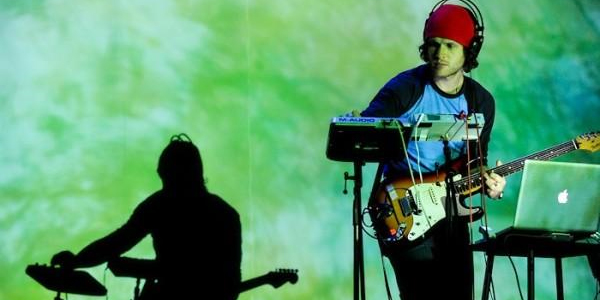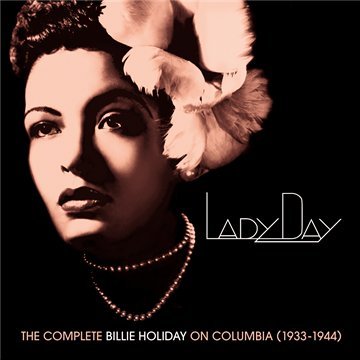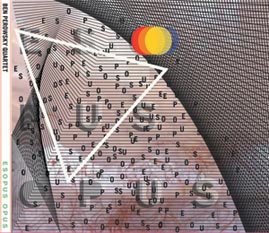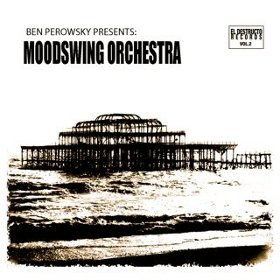
Bob Burnett: This cold, stark--and lovely--phase of winter has me thinking of the time Glenn Gould produced a series of sound documentaries for CBC radio between 1967-77 after ending his career as a touring concert pianist. He used field recorded interviews woven together to create beautiful sound tapestries. All three use a technique Gould called "contrapuntal radio" in which several people are heard speaking at once--much like the voices in a fugue. One of the documentaries is called The Idea of North where the focus is on five people talking about living in the isolated areas of northern Canada. In the film 32 Short Films About Glenn Gould (well worth seeing!) during the broadcast of The Idea of North, the Glenn Gould character goes into an absorbed by the moment conductor arm-waving motion. The movements are in sync with the fades and sound crossings happening in the audio layers. It always struck me as touching; Gould dancing like a conductor to the motions within the voices; Gould treating the cadences and inflections of the interviewees as musical moments. I also identified with the overall content and ideas from a lifestyle point of view; the desire to live in an isolated or harsh weather environment where nature makes you constantly aware of its existence--a life away from automatic sprinkler systems and drive thru windows.
I've tried to find a full recording of The Idea of North but haven't had any luck. I've linked an excerpt here from the CBC archives. An amazon search reveals there was once a CBC release titled The Solitude Trilogy that is now out of print. (but available used for $65) I just found a youtube link of the scene from 32 Short Films About Glenn Gould as well as an interview with Gould discussing North with the bonus of him playing an Anton Webern composition.













